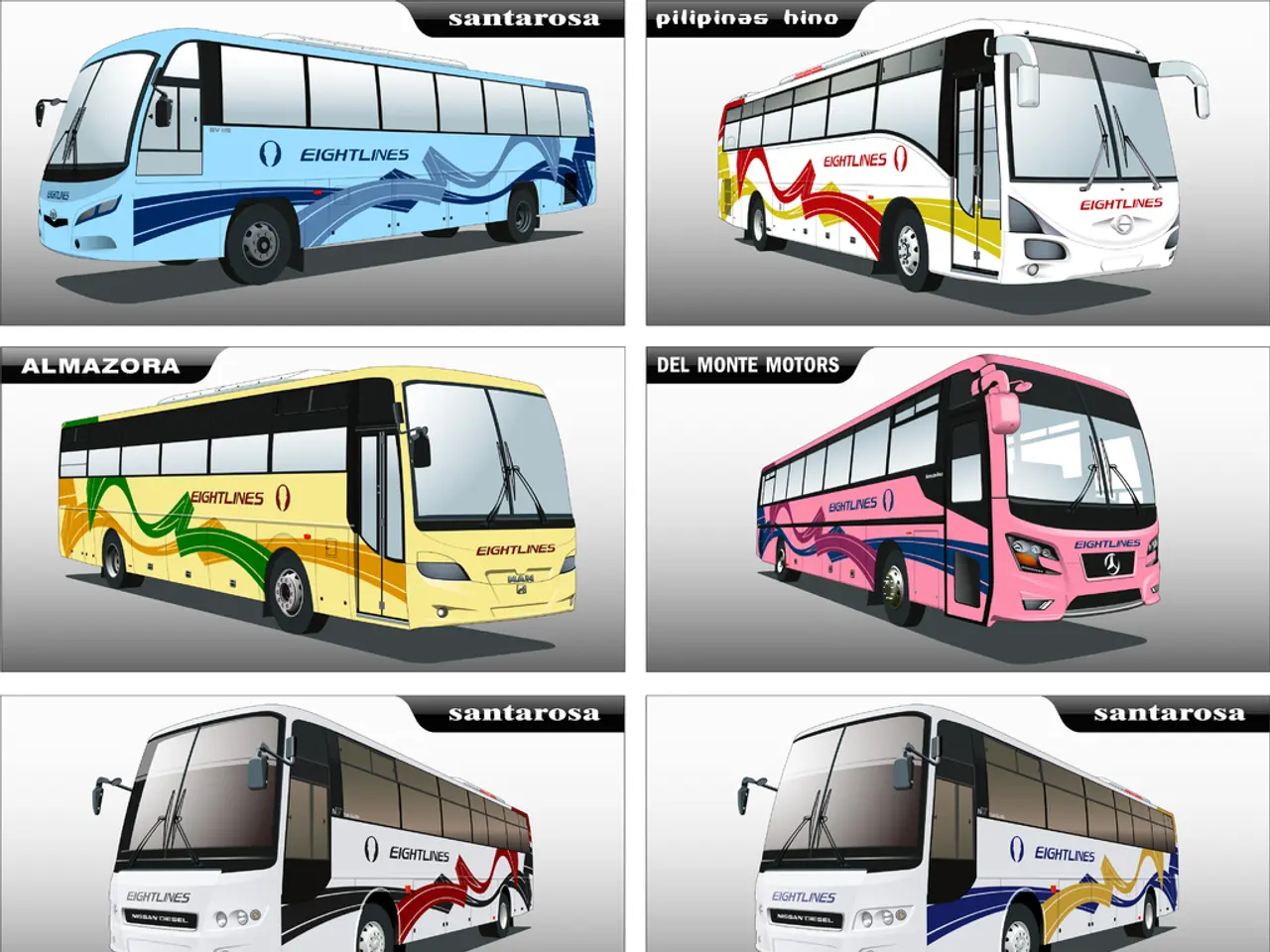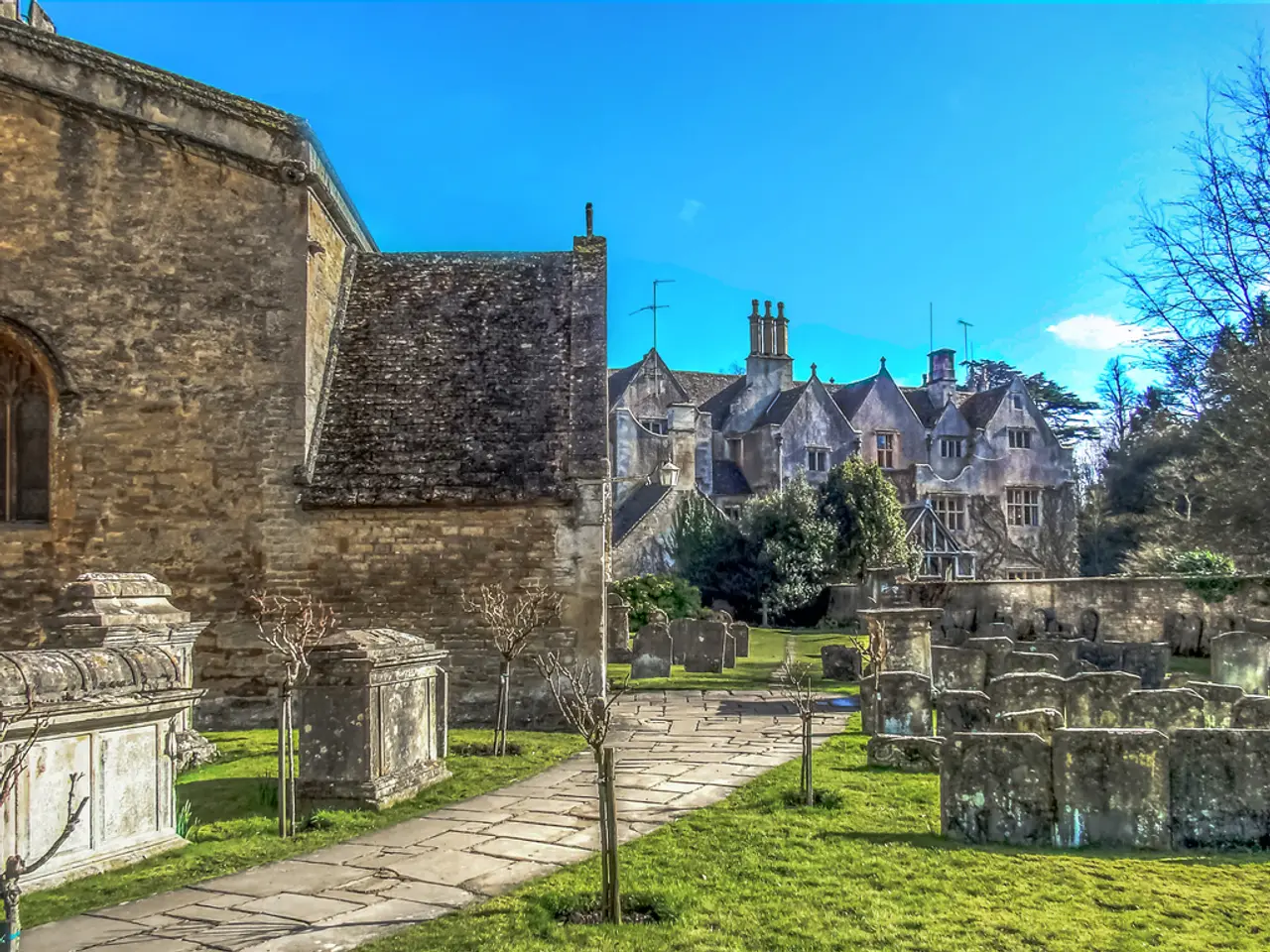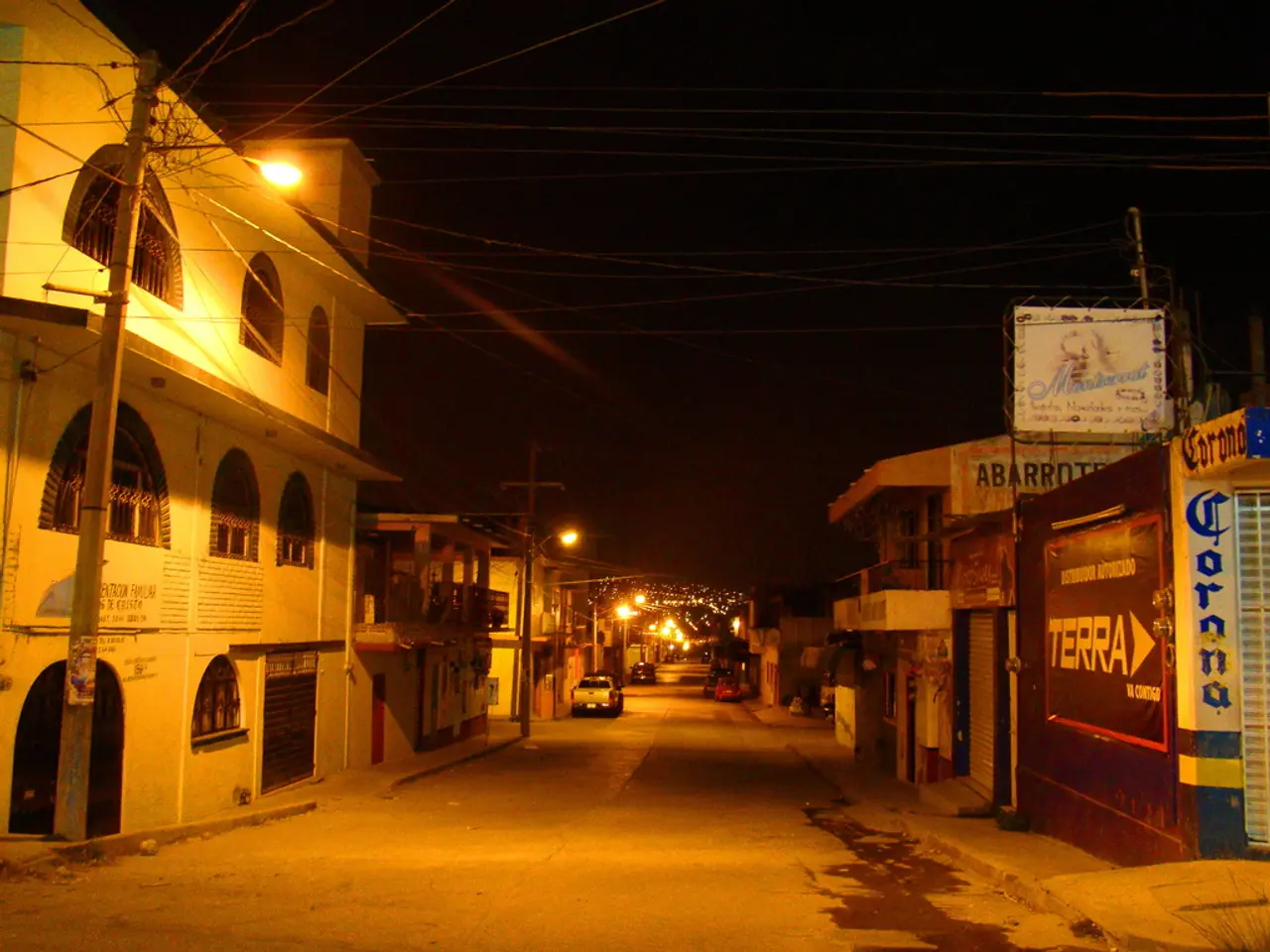Regional bus passenger records in NÖ show a significant surge, rising to 45.5 million.
Lower Austria, the eastern region of Austria, has witnessed a significant surge in public transport usage in 2024, with a record-breaking 45.5 million passengers, marking a 2.1 million increase compared to the previous year. This growth can be attributed to several key factors, according to Deputy Governor and Traffic Councillor Udo Landbauer (FPO).
NOVOG, the primary provider of mobility services for daily life and leisure in Lower Austria, has reported increases in passenger numbers. The company's ongoing improvements to timetables, development of services, and focus on quality and reliability have contributed to the increases.
One of the primary drivers of this growth is the region's population increase and regional development. Lower Austria is experiencing the highest population growth in the country, which increases demand for public transport services, particularly between Vienna and Lower Austria, as many commuters travel into the capital city for work or education.
Infrastructure upgrades and modernization have also played a significant role. The "S-Bahn Vienna – Upgrade" programme, launched to enhance the core rail line between Vienna Meidling and Vienna Floridsdorf and surrounding railway lines, is improving punctuality, reliability, and capacity of local and regional trains. This modernization includes digital upgrades and the introduction of new Cityjet double-decker trains from 2026, which offer more space and comfort, addressing commuter needs better and encouraging higher usage.
Austria's national rail operator ÖBB has also adjusted its service offerings, increasing day train frequencies and reducing night train services to better match passenger demand patterns. This adaptability has allowed the system to cope with and support strong passenger growth in recent years effectively.
The affordability of Austria's public transport, particularly in Vienna and its surroundings, encourages regular use. Vienna’s network, closely connected to Lower Austria, is comprehensive with multiple underground, tram, and bus lines, making public transport a convenient and economical option for daily travel.
Broader trends across the EU in early 2024 show increasing passenger transport usage, including a 4.1% rise in national transport and strong increases in intra-EU transport. This general upward trend reflects greater mobility needs and mode shifts from private cars to public transit when such services are reliable and attractive.
In Lower Austria, 45.5 million passengers used regional buses in 2024, with the regions of Klosterneuburg and Wachau reporting large increases in passenger numbers for regional buses. The number of people using demand-responsive services (Flex & on-demand taxis) in Lower Austria increased by 60,000 compared to 2023. NOVOG operates six railways, two cable cars, 578 regional bus lines, and 16 demand-responsive services in Lower Austria.
The main axes in the Waldviertel and the Wiesel buses have also seen significant increases in passenger numbers. However, the increases in passenger numbers on demand-responsive services (Flex & on-demand taxis) beyond the 60,000 increase from 2023 to 2024 have not been specifically quantified in the provided information.
Deputy Governor and Traffic Councillor Udo Landbauer (FPO) stated that the record result in passenger numbers for regional buses in Lower Austria is due to these ongoing improvements to timetables, the consistent development of services, and a focus on quality and reliability. He further added that the significant increases in passenger numbers for both regional buses and demand-responsive services indicate that these strategies are beneficial for the region's citizens.
Udo Landbauer has stated that the increases in passenger numbers indicate a successful course that should continue to be pursued. He believes that the record-breaking increase in public transport usage in Lower Austria is a testament to the region's commitment to providing reliable and attractive public transport options for its citizens.
The growth in public transport usage in Lower Austria can also be seen in other industries, such as finance, as the increased ridership contributes to economic expansion, particularly in areas like daily commuting and tourist attractions.
The focus on quality, reliability, and modernization in public transit services, exemplified by the introduction of new Cityjet double-decker trains from 2026, is expected to attract more passengers from other transportation sectors, such as the private car industry, as commuters seek more comfortable and efficient travel options.




